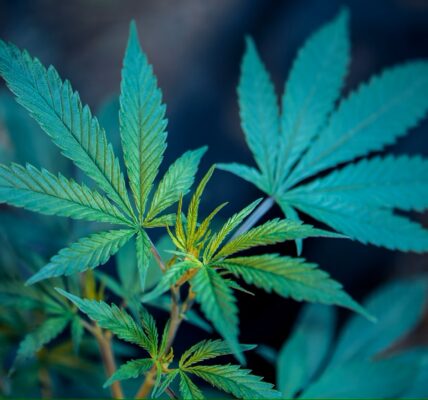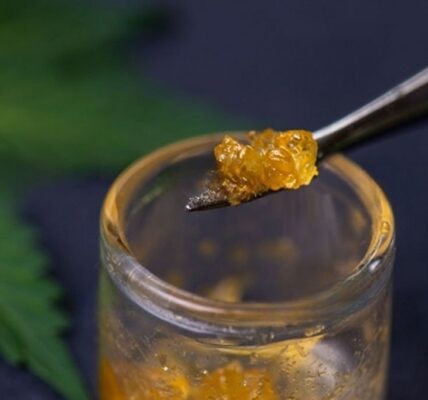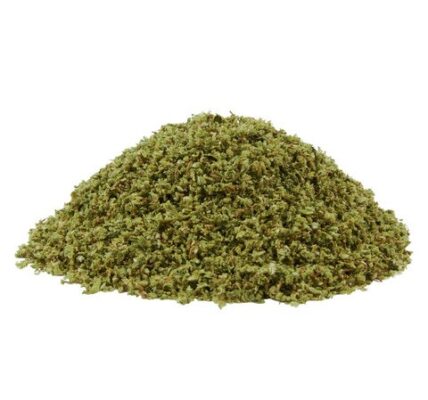In the dynamic world of cannabis consumption, enthusiasts are continually seeking innovative ways to experience the plant’s diverse effects. Two popular forms of cannabis concentrates that have gained significant attention are Live Resin and Distillate. While both offer potent experiences, they differ significantly in their production processes, cannabinoid profiles, and overall effects. In this exploration, we delve into the intricacies of Live Resin and Distillate, shedding light on their unique characteristics to help consumers make informed choices.
Understanding the Basics:
Before diving into the distinctions, it’s crucial to comprehend the fundamental nature of these concentrates. Both Live Resin and Distillate are potent forms of cannabis extracts, meticulously crafted to isolate cannabinoids and terpenes for a concentrated and refined experience.
Live Resin:
Live Resin stands out for its extraction process, which involves harvesting cannabis plants at their peak freshness. The key differentiator here is that the plants are flash-frozen immediately after harvesting, preserving a more extensive spectrum of cannabinoids and terpenes. This method results in a concentrate with a robust flavor profile, capturing the essence of the live plant.
The extraction process typically involves using hydrocarbons like butane or propane to separate cannabinoids and terpenes from the frozen plant material. The final product is a sticky and aromatic substance that boasts a diverse and potent combination of compounds. Live Resin is particularly celebrated for its rich terpene content, providing a more authentic representation of the strain’s flavor and aroma compared to other concentrates.
Distillate:
On the other hand, Distillate is a more refined and purified form of cannabis concentrate. The production process involves extracting cannabinoids from the plant material, often using solvents like ethanol or CO2. Subsequently, the extracted material undergoes a distillation process to isolate specific cannabinoids, usually focusing on THC or CBD.
Distillate is renowned for its high potency, often exceeding 90% cannabinoid content. However, this purification process comes at a cost – the removal of many terpenes and other beneficial compounds found in the original plant. Consequently, Distillate lacks the robust flavor profile associated with Live Resin but compensates with its consistency and potency.
Cannabinoid and Terpene Profiles:
One of the primary considerations for consumers when choosing between Live Resin and Distillate is the cannabinoid and terpene profiles. Live Resin, with its flash-frozen extraction method, preserves a more comprehensive spectrum of cannabinoids and terpenes. This results in a more well-rounded and nuanced high, often referred to as the “entourage effect,” where the various compounds work synergistically to enhance the overall experience.
In contrast, Distillate, with its focus on isolating specific cannabinoids, provides a more targeted and consistent effect. Users seeking a straightforward and potent experience may gravitate towards Distillate, especially if they prioritize high THC or CBD content.
Flavor and Aroma:
The flavor and aroma of a cannabis concentrate play a significant role in the overall enjoyment of the experience. Live Resin’s reputation for capturing the authentic taste and smell of the live plant makes it a favorite among connoisseurs. The terpene-rich profile creates a more flavorful and aromatic experience, akin to enjoying the raw, unprocessed flower.
Distillate, while potent, tends to have a more neutral flavor profile. The removal of many terpenes during the distillation process results in a concentrate with less distinct taste and aroma. Some users appreciate the clean and mild nature of Distillate, especially if they find the intense flavors of Live Resin overwhelming.
Application and Consumption:
The choice between Live Resin and Distillate can also be influenced by the preferred method of consumption. Live Resin, with its stickier consistency and robust flavor, is often favored for dabbing or vaporizing. The lower temperatures used in these methods help preserve the delicate terpenes, ensuring a more flavorful experience.
Distillate, with its refined and viscous nature, is versatile and can be easily incorporated into various consumption methods. It is commonly found in vape cartridges, edibles, and tinctures, providing users with discrete and convenient options.
Conclusion:
In the ever-evolving landscape of cannabis consumption, the choice between Live Resin and Distillate ultimately boils down to personal preference. Live Resin appeals to those who prioritize a full-spectrum experience, rich in flavor and aroma, while Distillate caters to users seeking a potent and consistent high without the complexities of terpene profiles.
As the cannabis industry continues to innovate, consumers can expect even more options and variations within these categories. Whether exploring the nuances of Live Resin or savoring the simplicity of Distillate, the key is to experiment responsibly, understanding how individual preferences align with each concentrate’s unique characteristics.





